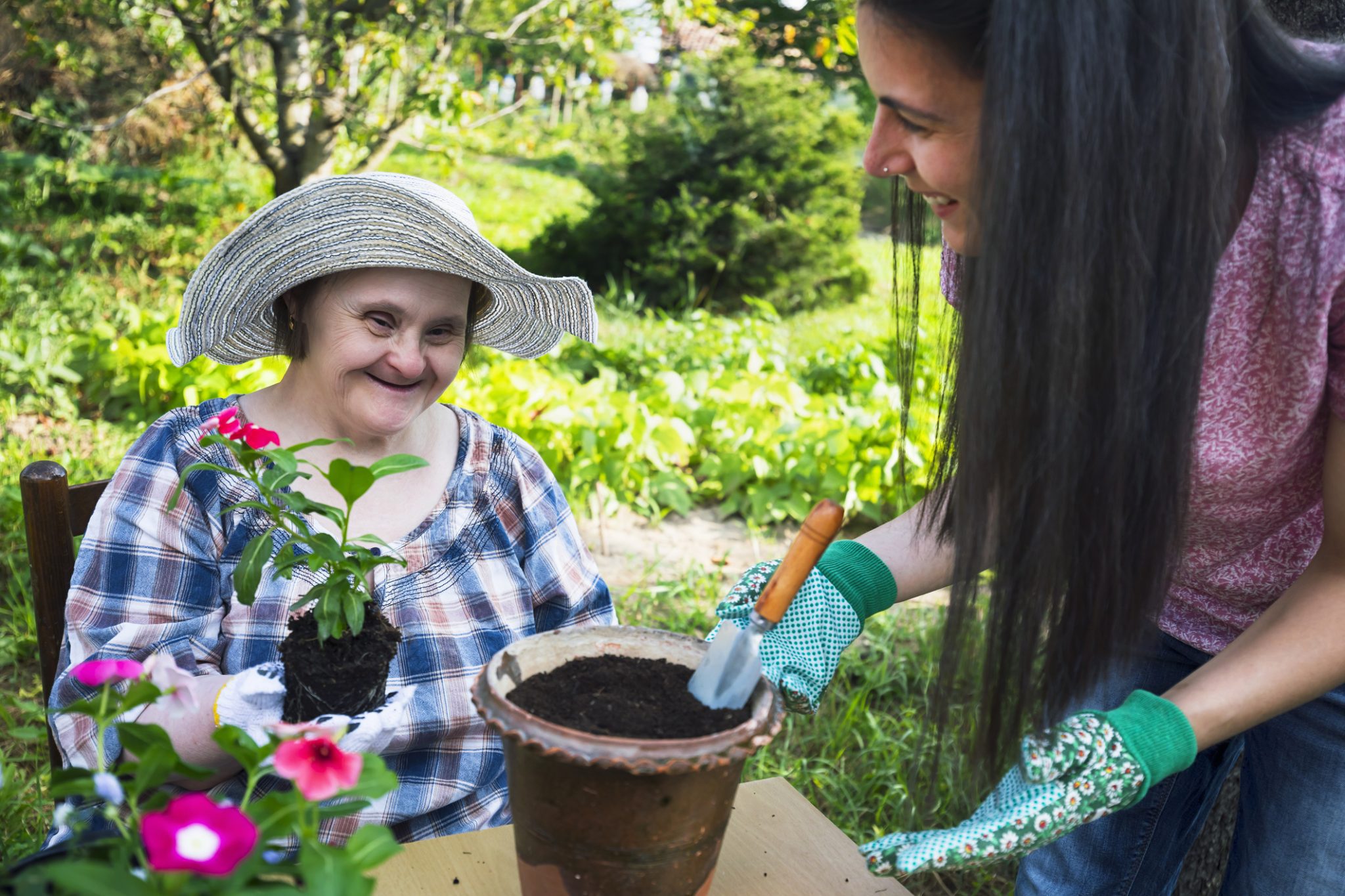By Mary Brintinall-Peterson, Ph.D.
Our caregiver identity is integrated with our other identities. Each of our identities comes with roles, responsibilities, and tasks. Your roles vary with each identity (mother, caregiver, wife, etc.) and have responsibilities like nurse, companion, cook, and many others. These responsibilities have tasks (distributing meds, grocery shopping, etc.) that are needed to complete the responsibility. When your identities conflict with each other you experience identity discrepancy and stress. It is not what you are doing or not doing that matters, what matters is how you feel about it. The conflict between identities is associated with the rules you have for each of them.
Where Do Our Rules Come From?
Our rules come from three sources: (1) the global society; (2) the communities you interact with; and (3) your family. Global society rules are the standards for how we function in society. If you drive a car, you are expected to stop at a red light or at a stop sign. It’s a societal or global rule that every driver is expected to follow. In our society, it is unacceptable to go in public naked, yet in some societies, it is natural and not seen as unacceptable. A global expectation or rule for caregivers in the United States is that family members are responsible for caring for each other.
Rules are also influenced by the communities in which you live and work. Geographical communities provide rules on how to behave. For example, in the southern part of the United States, the conversation is generally more formal. During conversations, people use Mr., or Mrs., and say Sir or Ma’am as a sign of respect. That level of formality wouldn’t be expected in other parts of the country.
Faith communities have rules and expectations for how to participate in a church setting. In the Baptist Church it is acceptable to shout out comments as the spirit moves an individual, yet that behavior is not acceptable in most Catholic Churches. Muslims pray toward Mecca while in other faiths there isn’t a rule about facing any specific direction when praying.
Ethnic communities have rules. Rules from an ethnic community could relate to the type of clothing you wear, how to raise your children, who provide care for whom, and what makes up a family. It is common in African American families to involve extended family members in caregiving. Grandparents, cousins, nephews or nieces, and others provide care to family members.
Other communities that influence your rules could be fraternal organizations, civic groups, or large groupings of individuals such as the military. A military rule requires service members to follow orders from individuals with a higher rank. A service member’s unit is a community and there is an expectation that members care for one another. There are also rules for military spouses. They are expected to support their service member and to care for family matters when their loved one is deployed or unavailable due to their military assignment.
Families are the last source of our rules and expectations. Our family rules evolve over time as we interact with and observe family members. A few family rules that create difficulty for caregivers could be “what happens in the family stays in the family,” “in our family we don’t talk about money,” “the women in our family are responsible for caregiving,” “our family doesn’t need outside help,” “children in our family will care for their parents,” “our family will never place a loved one in a nursing home or care facility.”
Identifying the rules and expectations that are causing stress takes practice. There could be more than one rule, or it might be difficult to recognize rules. Once the rule or expectation is identified you need to decide if the rule is helpful to your caregiving situation.
You Have Control Over Your Rules
You can accept rules and continue to use them; you can adjust the rule; or you can throw out the rule and not use it anymore. You can also create new rules. It is obvious how to keep or throw out a rule but how do you adjust a rule? Adjusting a rule involves stretching the rule until it becomes acceptable, and you are happy with it. An example that many families face is placing a loved one in a care facility. Their family rule is to provide care and placement in a care facility is not an option. The rule could be stretched so that providing care means doing so in the safest and best place.
To review, knowing your rules, where they came from and what you will do with them are essential to reducing your caregiver stress. Determining where you are on your caregiver journey is another piece of the stress reduction puzzle. Your position on your caregiver journey is tied to your identity. Do you feel and act more like a caregiver or your other identity?
Caregiver Identity
Think of a circle being divided between the two identities. What portion of the circle is a caregiver? What portion is your current identity?
The caregiver portion changes throughout your caregiver journey. When you first became a caregiver the caregiver portion is small, and your other identity is larger. As you assume more of the caregiving role, including its responsibilities and tasks, the caregiver portion of the circle becomes larger. At times you may be half and half, while at other times you may be almost entirely a caregiver. It is important to remember that everyone’s caregiver journey is unique including their feelings. When a caregiver stops doing physical care and turns those responsibilities over to someone else, they regain a portion of their original identity. A caregiver moves between the phases of caregiving based on how they view their identities with the care receiver. Based on their feelings caregivers may move back and forth between phases as the care receiver’s needs change. Some caregivers move easily between phases while others experience stress or feel burdened. Stress occurs when the caregiver feels uncomfortable while moving from one phase to another.
References
Montgomery, R.J.V., & Kosloski, K. D. (2013). Pathways to a caregiver identity and implications for support services. In R. C. Talley & R. J. V. Montgomery (Eds.), Caregiver across the lifespan: Research, practice, policy pp.131-156). Springer Science + Business Medica. https://doi.org/10.1007/978-1-4613-5553-0_8(/doi/10.1007/978-1-4614-5553-0_8)
Montgomery, R.J.V., & Kosloski, K. D. (2009) Caregiving as a process of changing identity: Implications for caregiver support. Generations 33(1): 47-52.
Montgomery, R.J. V. & Kwak. J. (2008). Tailored Caregiver Assessment and Referral (TCARE) process: An evidence-based model for effectively supporting caregivers. American Journal of Nursing, 108. 54-57.
Rurka, M., & Suitor, J.J., Gilligam, M (2021). The caregiver identity in context: Consequences of identity threat from siblings. The Journal of Gerontology: Series B. (76)8, 1593-1604. http: doi.org/10.1093/geronb/gbaa099.
Savundranaygam, M. Y., & Mongtomery, R. J. (2010). Impact of role discrepancies on caregiver burden among spouses. Research on Aging, 32(2), 175-199.doi:10.1177/0164027509351473.















